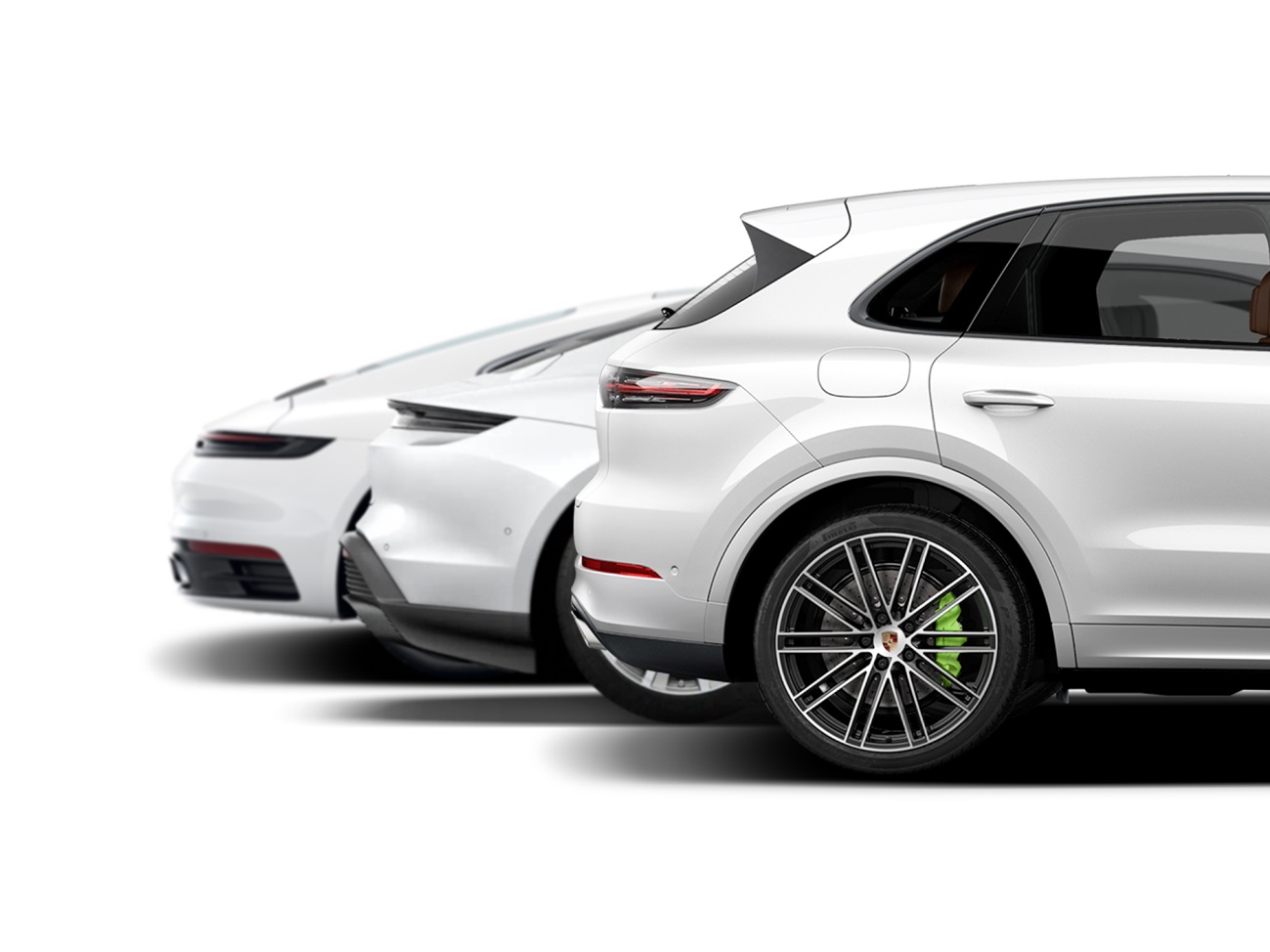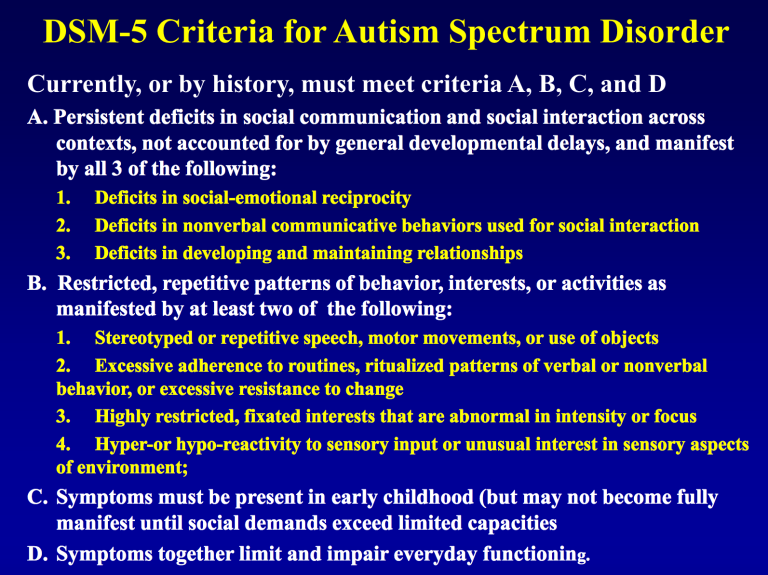Why The Rest Of The World Favors The Porsche Over Australia

Table of Contents
Higher Purchase Price and Import Costs in Australia
One of the most significant barriers to Porsche ownership in Australia is the considerably higher purchase price compared to other markets. This inflated cost stems from several factors.
The Impact of Tariffs and Taxes
Import duties and the Goods and Services Tax (GST) significantly inflate the final price of a Porsche in Australia. These taxes, layered onto the original manufacturer's suggested retail price (MSRP), create a substantial price difference compared to countries where Porsches are locally manufactured or benefit from more favorable import regulations.
- Example: A Porsche 911 Carrera might have an MSRP of $100,000 in the US, but after import duties, GST (currently 10%), and other associated fees, the price in Australia could easily exceed $150,000.
- Exchange Rate Fluctuations: The Australian dollar's exchange rate against other major currencies like the US dollar or Euro further impacts the final landed cost, increasing the price for Australian consumers.
Luxury Car Tax (LCT)
Adding to the already high import costs, the Luxury Car Tax (LCT) specifically targets high-value vehicles like Porsches, further escalating their price. The LCT is a significant percentage added to the cost of vehicles exceeding a certain price threshold.
- LCT Calculation: The LCT is calculated based on the vehicle's import price, including GST and other duties. The exact percentage varies depending on the car's value.
- Impact: This tax considerably increases the overall cost for the consumer, making Porsche ownership a significantly more expensive proposition in Australia compared to many other countries.
Competition from Other Luxury Brands
Australia boasts a strong presence of other luxury car brands, creating intense competition within the market. This competitive landscape directly impacts Porsche's market share.
Strong Presence of Alternative Luxury Vehicles
Several established luxury brands, with extensive market penetration and strong brand loyalty, compete directly with Porsche. These brands offer comparable performance, luxury features, and prestige.
- Key Competitors: BMW, Mercedes-Benz, Audi, and even Land Rover and Range Rover all offer compelling alternatives to Porsche models in various segments. The BMW M series, Mercedes-AMG, and Audi RS models directly compete with Porsche's high-performance variants.
- Model-Specific Competition: The Porsche Macan competes with the BMW X3 M, Audi SQ5, and Mercedes-Benz GLC 63 AMG. Similarly, the Porsche Cayenne faces competition from a range of high-performance SUVs from its rivals.
Brand Loyalty and Market Penetration
Established brands have cultivated significant brand loyalty and market penetration over many years in Australia. This pre-existing brand recognition and customer base create a considerable barrier for Porsche to overcome.
- Market Share Statistics: While precise figures vary depending on the year and reporting agency, data consistently shows that BMW, Mercedes-Benz, and Audi hold significantly larger market shares in the Australian luxury car segment than Porsche.
Cultural Differences and Consumer Preferences
Cultural nuances and consumer preferences in Australia might also contribute to Porsche’s comparatively lower popularity.
Australian Driving Conditions and Lifestyle
Australia's unique landscape and driving conditions might influence consumer choices. The vast distances, prevalence of off-road driving, and the popularity of SUVs could influence the preference for vehicles suited to these conditions.
- SUV Preference: The high demand for SUVs in Australia offers a different market dynamic than some other countries where sports cars and coupes hold a greater appeal. Porsche's SUV offerings, while successful, may not fully compensate for this preference.
- Practicality vs. Performance: Australians might prioritize practicality and versatility over pure performance, especially given the often challenging road conditions.
Economic Factors and Consumer Spending
Economic conditions and disposable income levels directly affect luxury car purchases. Australia’s economic cycles and consumer sentiment towards luxury spending might be factors influencing Porsche’s market share.
- Economic Data: Analyzing economic indicators like average income, consumer confidence, and household debt levels offers a deeper insight into the affordability and desirability of luxury vehicles like Porsches.
Porsche's Marketing and Sales Strategies in Australia
Porsche's marketing and sales strategies within Australia also play a crucial role in its overall market performance.
Effectiveness of Marketing Campaigns
Analyzing Porsche's marketing campaigns in Australia reveals whether its messaging effectively resonates with the local target audience. The choice of media, campaign themes, and overall marketing approach needs to be well-aligned with the Australian consumer landscape.
- Campaign Examples: A review of past and current marketing campaigns could highlight successful strategies and areas needing improvement. Focusing on local events, partnerships, and influencer marketing might resonate more effectively with the Australian market.
Dealer Network and Customer Service
The accessibility and quality of Porsche's dealer network and customer service are key factors influencing the buying experience and brand loyalty.
- Dealer Locations and Availability: The geographical distribution of dealerships and the availability of service support across Australia might impact accessibility, especially in regional areas. Customer experiences, including service quality and responsiveness, play a vital role in building brand loyalty.
Conclusion
The relatively lower popularity of Porsche Australia compared to other global markets stems from a confluence of factors. Higher purchase prices due to import costs and taxes, intense competition from established luxury brands with strong brand loyalty, potential cultural differences in consumer preferences towards SUVs and practical vehicles, and the effectiveness of Porsche's marketing and sales strategy all contribute to the complexity of the Porsche Australia market. Understanding these factors is crucial for both Porsche and potential buyers. Further research into Porsche Australia and the luxury car market will shed more light on this fascinating market dynamic.

Featured Posts
-
 Adult Adhd Increased Prevalence Found In Individuals With Autism And Intellectual Disability
Apr 29, 2025
Adult Adhd Increased Prevalence Found In Individuals With Autism And Intellectual Disability
Apr 29, 2025 -
 The Ny Times Account Of The January 29th Dc Air Disaster Fact Or Fiction
Apr 29, 2025
The Ny Times Account Of The January 29th Dc Air Disaster Fact Or Fiction
Apr 29, 2025 -
 Mets Rotation Has Pitchers Name Earned A Spot
Apr 29, 2025
Mets Rotation Has Pitchers Name Earned A Spot
Apr 29, 2025 -
 Historic Flooding Tornadoes And Heavy Snow Slam Louisville In 2025
Apr 29, 2025
Historic Flooding Tornadoes And Heavy Snow Slam Louisville In 2025
Apr 29, 2025 -
 Khaznas Saudi Arabia Expansion A Post Silver Lake Investment Strategy
Apr 29, 2025
Khaznas Saudi Arabia Expansion A Post Silver Lake Investment Strategy
Apr 29, 2025
Latest Posts
-
 Skolskjutningen Helenas Och Ivas Kamp Foer Oeverlevnad
Apr 29, 2025
Skolskjutningen Helenas Och Ivas Kamp Foer Oeverlevnad
Apr 29, 2025 -
 M Ivaskeviciaus Isvarymas Gilesne Zvilgsnis I Spektaklio Ir Filmo Interpretacijas
Apr 29, 2025
M Ivaskeviciaus Isvarymas Gilesne Zvilgsnis I Spektaklio Ir Filmo Interpretacijas
Apr 29, 2025 -
 11 Aspektu Analizuojant M Ivaskeviciaus Isvaryma
Apr 29, 2025
11 Aspektu Analizuojant M Ivaskeviciaus Isvaryma
Apr 29, 2025 -
 Isvarymas Analize Interpretacijos Ir 11 Svarbiu Aspektu
Apr 29, 2025
Isvarymas Analize Interpretacijos Ir 11 Svarbiu Aspektu
Apr 29, 2025 -
 M Ivaskeviciaus Isvarymas 11 Minciu Apie Spektakli Filma Ir Konteksta
Apr 29, 2025
M Ivaskeviciaus Isvarymas 11 Minciu Apie Spektakli Filma Ir Konteksta
Apr 29, 2025
